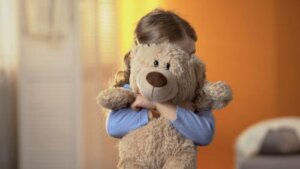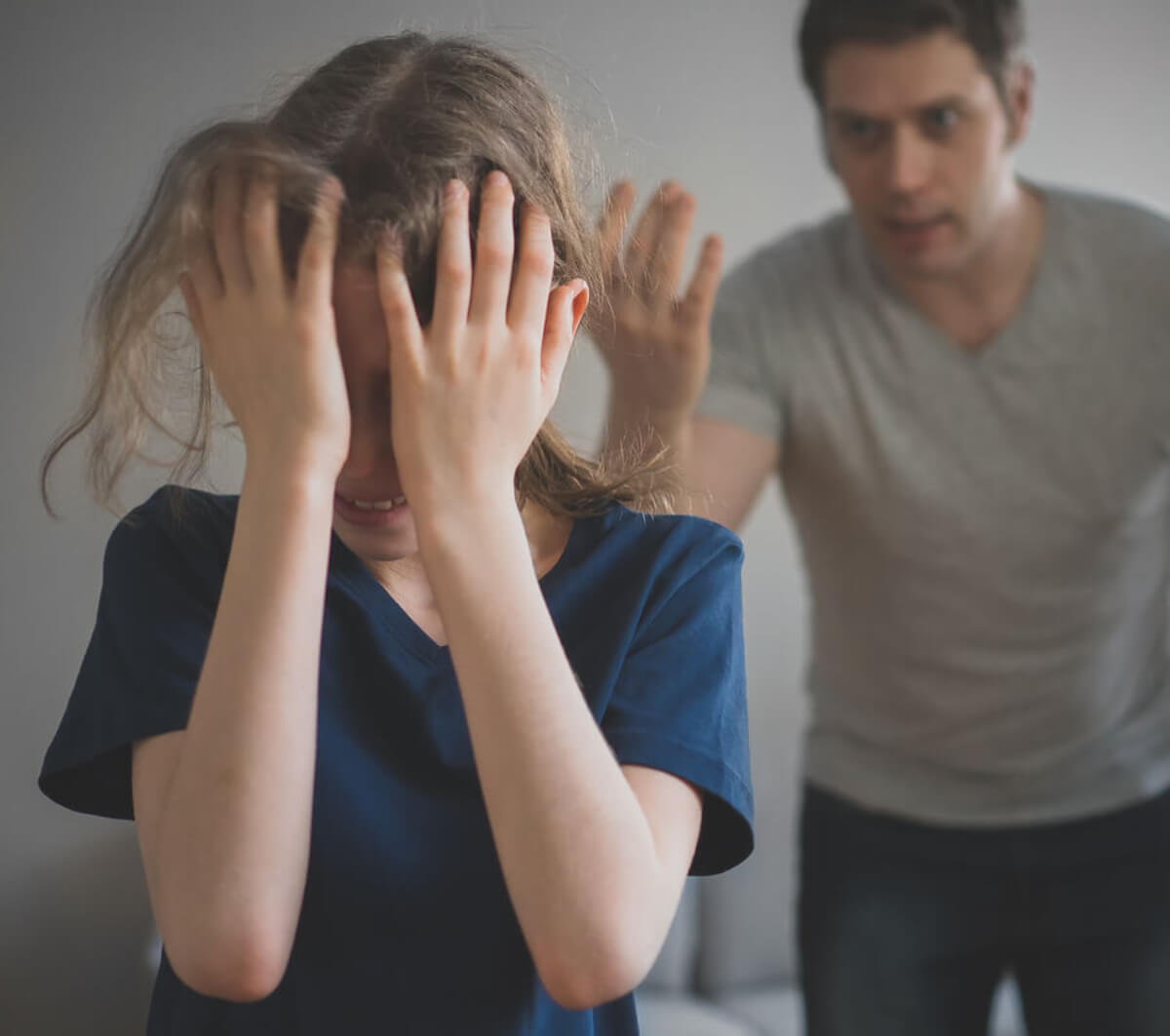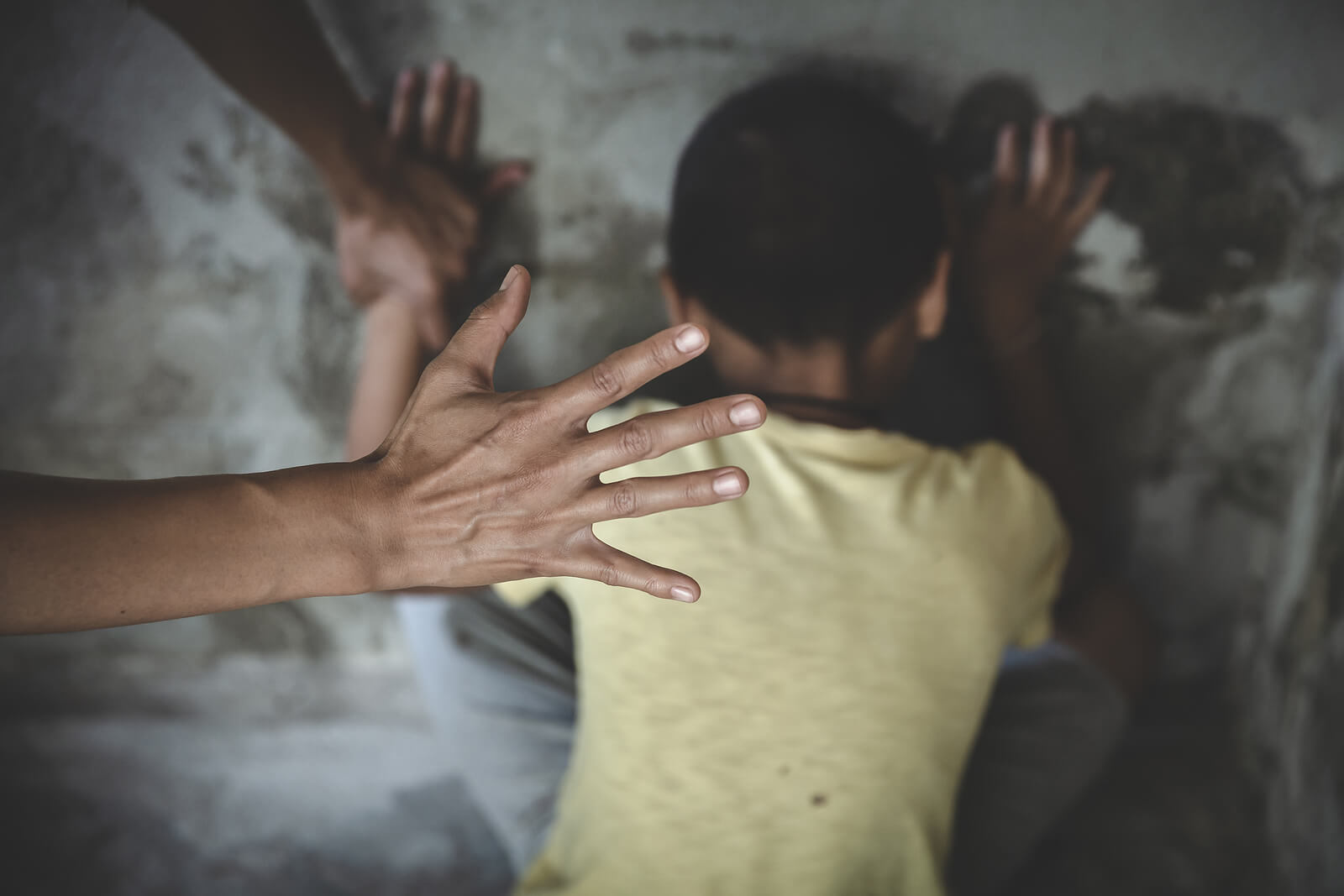Indicators of Child Abuse


Written and verified by the pedagogue and trainer María Matilde
Child abuse is a serious problem worldwide and is a complex situation to address. For the children who suffer from it, it’s a difficult situation to overcome with serious consequences for their future life. For this reason, it’s essential to prevent abuse, as well as to detect this situation, taking into account the indicators of child abuse, which can help to avoid its prolongation over time.
What is child abuse?
It’s defined as the abuse and neglect of children under 18 years of age. It refers to all types of abuse, both physical and psychological, sexual, physical and emotional neglect, negligence and abandonment, or exploitation of any kind. In other words, maltreatment is any kind of harm to the health, development, or dignity of the child, or endangering their livelihood.

Child maltreatment is a very serious situation for children with serious consequences for their development. In this regard, there are studies that show a close relationship between the different types of maltreatment and the biopsychosocial development of the child.
These studies show that a situation of maltreatment for a child translates into school problems, both at a cognitive level and in social interaction, and in behavioral alterations manifested by aggression and withdrawal.
In addition, these studies indicate that in the vast majority of cases of child abuse, personality problems, anxiety, fear, hostility, rejection, distrust, and depression are detected.
Abuse is related to the use of toxic substances by the children who suffer it, as well as a higher probability of suicide and delinquent and criminal behavior. Alterations in sexual behavior are also frequent in children who have suffered abuse and maltreatment of this type.
Indicators of child abuse
Child maltreatment occurs, in the vast majority of cases, in private settings, making it difficult to observe. For this reason, it’s essential to detect situations of maltreatment through a series of elements that alert to the possible presence of child maltreatment, called indicators.
These indicators of child abuse can help professionals to activate a series of protocols and action procedures that guarantee the protection of the child. They can help families, educational centers, and health services to communicate or report a situation of child abuse to the social services for child care.
Physical indicators
- Osteo-articular injuries, such as injuries to the head, jaw, rib fractures, thorax, or extremities.
- Cutaneous-mucosal injuries, such as burns, alopecia, cuts, bites, and bruises. Damage to the eyes and areas such as the palate, tongue, or buccal mucosa.
- Internal muscular and organic injuries, produced by blows, punches, or kicks, affecting muscles, such as the abdomen. They damage internal organs such as kidneys, lungs, or liver. Also, intracranial neurological injuries.
Behavioral indicators
- Isolation, apathy, withdrawal, and passive and evasive behaviors
- Lack of appetite, eating problems, bulimia, and anorexia
- Problems related to grooming and personal hygiene
- Learning problems, lack of concentration, school failure, and truancy
- Difficulties in relating to other children
- Acts of vandalism and delinquency, and oppositional, disruptive, defiant, and aggressive behavior
- Drug and alcohol abuse
- Sleep problems, anxiety, sadness, and depression
- Self-destructive and suicidal behaviors, feelings of guilt, and low self-esteem
- Being cautious about physical contact with adults

Indicators of sexual abuse
- Injuries to genital areas, pubis, buttocks, and breasts
- Scorch marks, lacerations, abrasions, and bruises in the genital areas and other parts of the body
- Difficulty sitting and walking
- Genital or vaginal bleeding, vulvitis, and vulvovaginitis (pain, inflammation, itching)
- Urinary tract infections
- Suggestive, inappropriate, or promiscuous sexual behavior
- Symptoms of sexually transmitted diseases
The fight against child abuse
Child abuse is a serious global problem with multiple family, sociocultural, and socioeconomic causes, a problem for which education and awareness of a situation that affects all sectors and social classes, but mainly the most economically and culturally disadvantaged sectors and social groups, is essential.
Therefore, it’s crucial that the public authorities establish policies aimed at tackling a problem that requires a comprehensive and multidisciplinary approach and that requires the training of professionals capable of knowing and detecting situations of child abuse, through specific indicators.
The fight against child abuse must be based on education and on raising awareness in society of the terrible consequences that child abuse has for the future adult life of children.
Child abuse is a serious problem worldwide and is a complex situation to address. For the children who suffer from it, it’s a difficult situation to overcome with serious consequences for their future life. For this reason, it’s essential to prevent abuse, as well as to detect this situation, taking into account the indicators of child abuse, which can help to avoid its prolongation over time.
What is child abuse?
It’s defined as the abuse and neglect of children under 18 years of age. It refers to all types of abuse, both physical and psychological, sexual, physical and emotional neglect, negligence and abandonment, or exploitation of any kind. In other words, maltreatment is any kind of harm to the health, development, or dignity of the child, or endangering their livelihood.

Child maltreatment is a very serious situation for children with serious consequences for their development. In this regard, there are studies that show a close relationship between the different types of maltreatment and the biopsychosocial development of the child.
These studies show that a situation of maltreatment for a child translates into school problems, both at a cognitive level and in social interaction, and in behavioral alterations manifested by aggression and withdrawal.
In addition, these studies indicate that in the vast majority of cases of child abuse, personality problems, anxiety, fear, hostility, rejection, distrust, and depression are detected.
Abuse is related to the use of toxic substances by the children who suffer it, as well as a higher probability of suicide and delinquent and criminal behavior. Alterations in sexual behavior are also frequent in children who have suffered abuse and maltreatment of this type.
Indicators of child abuse
Child maltreatment occurs, in the vast majority of cases, in private settings, making it difficult to observe. For this reason, it’s essential to detect situations of maltreatment through a series of elements that alert to the possible presence of child maltreatment, called indicators.
These indicators of child abuse can help professionals to activate a series of protocols and action procedures that guarantee the protection of the child. They can help families, educational centers, and health services to communicate or report a situation of child abuse to the social services for child care.
Physical indicators
- Osteo-articular injuries, such as injuries to the head, jaw, rib fractures, thorax, or extremities.
- Cutaneous-mucosal injuries, such as burns, alopecia, cuts, bites, and bruises. Damage to the eyes and areas such as the palate, tongue, or buccal mucosa.
- Internal muscular and organic injuries, produced by blows, punches, or kicks, affecting muscles, such as the abdomen. They damage internal organs such as kidneys, lungs, or liver. Also, intracranial neurological injuries.
Behavioral indicators
- Isolation, apathy, withdrawal, and passive and evasive behaviors
- Lack of appetite, eating problems, bulimia, and anorexia
- Problems related to grooming and personal hygiene
- Learning problems, lack of concentration, school failure, and truancy
- Difficulties in relating to other children
- Acts of vandalism and delinquency, and oppositional, disruptive, defiant, and aggressive behavior
- Drug and alcohol abuse
- Sleep problems, anxiety, sadness, and depression
- Self-destructive and suicidal behaviors, feelings of guilt, and low self-esteem
- Being cautious about physical contact with adults

Indicators of sexual abuse
- Injuries to genital areas, pubis, buttocks, and breasts
- Scorch marks, lacerations, abrasions, and bruises in the genital areas and other parts of the body
- Difficulty sitting and walking
- Genital or vaginal bleeding, vulvitis, and vulvovaginitis (pain, inflammation, itching)
- Urinary tract infections
- Suggestive, inappropriate, or promiscuous sexual behavior
- Symptoms of sexually transmitted diseases
The fight against child abuse
Child abuse is a serious global problem with multiple family, sociocultural, and socioeconomic causes, a problem for which education and awareness of a situation that affects all sectors and social classes, but mainly the most economically and culturally disadvantaged sectors and social groups, is essential.
Therefore, it’s crucial that the public authorities establish policies aimed at tackling a problem that requires a comprehensive and multidisciplinary approach and that requires the training of professionals capable of knowing and detecting situations of child abuse, through specific indicators.
The fight against child abuse must be based on education and on raising awareness in society of the terrible consequences that child abuse has for the future adult life of children.
All cited sources were thoroughly reviewed by our team to ensure their quality, reliability, currency, and validity. The bibliography of this article was considered reliable and of academic or scientific accuracy.
- Gonzalvo, G. O. (2002). Indicadores de maltrato infantil. Guías clínicas de España, 2, 44. Recuperado de https://www.researchgate.net/profile/Gonzalo_Olivan_Gonzalvo/publication/235663794_Indicadores_de_maltrato_infantil/links/0deec52f3ea9b60119000000.pdf
- Santana-Tavira, R., Sánchez-Ahedo, R. y Herrera-Basto, E. (1998). El maltrato infantil: un problema mundial. Recuperado de https://www.scielosp.org/article/spm/1998.v40n1/58-65/es/
- Robaina Suárez, G. (2001). El maltrato infantil. Revista Cubana de medicina general integral, 17(1), pp. 74-80. Recuperado de http://scielo.sld.cu/scielo.php?script=sci_arttext&pid=S0864-21252001000100011
- Kurtz, P. D., Gaudin Jr, J. M., Wodarski, J. S. y Howing, P. T. (1993). Maltreatment and the school-aged child: School performance consequences. Child Abuse & Neglect, 17(5),pp. pp. 581-589. Recuperado de https://www.sciencedirect.com/science/article/abs/pii/014521349390080O
This text is provided for informational purposes only and does not replace consultation with a professional. If in doubt, consult your specialist.








